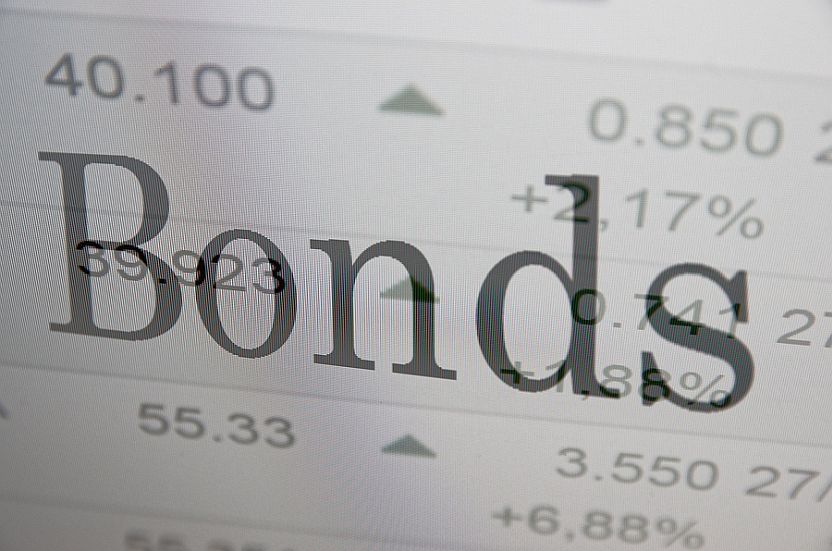Bonds/Interest Rates

FNArena provides a weekly update of Australian listed corporate bond issues, current pricing and yield data.
Feb 16 2017

FNArena provides a weekly update of Australian listed corporate bond issues, current pricing and yield data.
Feb 09 2017

FNArena provides a weekly update of Australian listed corporate bond issues, current pricing and yield data.
Feb 02 2017
Australian Corporate Bond Price Tables
FNArena provides a weekly update of Australian listed corporate bond issues, current pricing and yield data.
Jan 19 2017
Latest News
| 1 | ASX Winners And Losers Of Today – 16-12-25Dec 16 2025 - Daily Market Reports |
| 2 | ImpediMed Ready To Scale UpDec 16 2025 - Small Caps |
| 3 | Weekly Update On LICs & LITs – 16-Dec-2025Dec 16 2025 - Weekly Reports |
| 4 | Sellers’ Exhaustion Lifts Macquarie SharesDec 16 2025 - Technicals |
| 5 | Uranium Week: Sprott Buying & ASX UpgradesDec 16 2025 - Weekly Reports |


